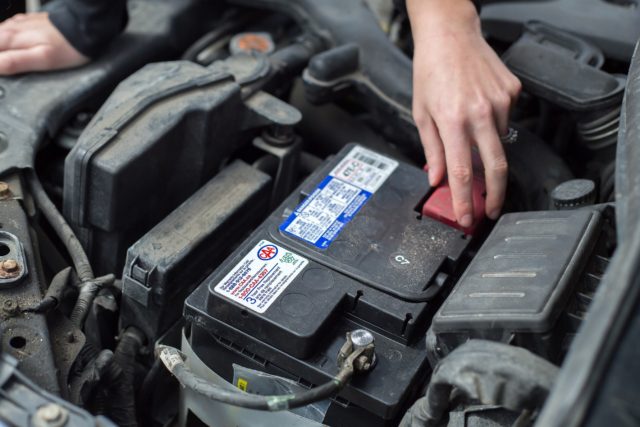Automotive service professionals across Canada know that the longer their customers’ cars sit idle, the more they’re going to have a flurry of activity and unhappy clientele as the economy starts to roll again.

The Canadian Automobile Association (CAA) knows this too and is advising Canadians to be aware that even idle cars need care.
“Dead batteries, rusty brakes and flat tires can be worrisome leaving a car parked for weeks on end,” says Kaitlynn Furse, director, corporate communications, CAA South Central Ontario (CAA SCO). “Car owners should put measures in place to avoid unexpected mechanical issues, much like a snowbird would, if cars are sitting idle in the driveway for long periods of time.”
CAA SCO car maintenance checklist:
- Gas up. If your vehicle is going to be idle for more than 30 days, fill the tank up to the brim. This will help prevent moisture from building up in the fuel tank. Add a fuel stabilizer to the tank when full (stabilizers have a shelf life of three months and may help keep the fuel lines and engine from corroding).
- Protect the battery. It will eventually lose its charge if it isn’t driven at least once every few weeks. A trickle charger or battery tender with an automatic shut-off feature will keep the battery in good condition when the vehicle isn’t being driven.
- Inflate the tires. You can get flat spots on your tires from the vehicle sitting in one position. If your car is going to be parked and not moving add extra 10 PSI to the tire pressure when it is sitting idle. When you are ready to drive it remove that extra 10 PSI.
- Clean it well. Protect your paint job by removing acidic bird droppings, corrosive salt or dirt off the paint and take it a step further, polish or wax the exterior.
Another item to consider is to check your tires to minimize the likelihood of wheel separation. A wheel separation is the unintended release of any active wheel from a moving vehicle. These incidents occur most commonly during the months of May through August after motorists switch from winter to all season tires.
“Wheel separation can be very dangerous, causing, property damage, injuries and even fatalities,” says Furse. “If you are changing your tires at home, please make sure you go the extra step to make sure they are installed properly.”
The CAA advises car owners unsure about wheel maintenance to visit a qualified shop for seasonal tire change, but it also makes sense to encourage drivers to visit a shop after any period of extended idleness or minimal driving, just to make sure all systems are go. And stop.

0 Comments